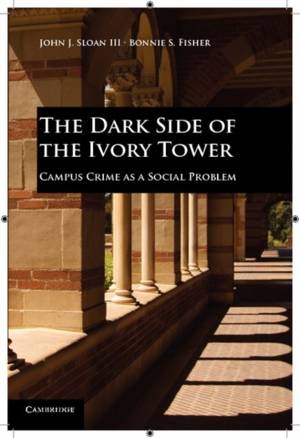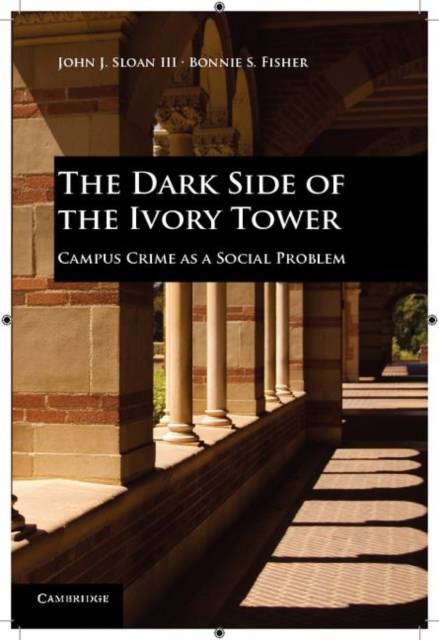
- Afhalen na 1 uur in een winkel met voorraad
- Gratis thuislevering in België vanaf € 30
- Ruim aanbod met 7 miljoen producten
- Afhalen na 1 uur in een winkel met voorraad
- Gratis thuislevering in België vanaf € 30
- Ruim aanbod met 7 miljoen producten
Zoeken
The Dark Side of the Ivory Tower
Campus Crime as a Social Problem
John J Sloan, Bonnie S Fisher
Paperback | Engels
€ 53,45
+ 106 punten
Uitvoering
Omschrijving
A cursory reading of the history of U.S. colleges and universities reveals that violence, vice, and victimization - campus crime - has been part of collegiate life since the Colonial Era. It was not until the late 1980s - some 250 years later - that campus crime suddenly became an issue on the public stage. Drawing from numerous mass media and scholarly sources and using a theoretical framework grounded in social constructionism, The Dark Side of the Ivory Tower chronicles how four groups of activists - college student advocates, feminists, victims and their families, and public health experts - used a variety of tactics and strategies to convince the public that campus crime posed a new danger to the safety and security of college students and the Ivory Tower itself, while simultaneously convincing policymakers to take action against the problem. Readers from a range of disciplinary interests, campus security professionals, and informed citizens will find the book both compelling and valuable to understanding campus crime as a newly constructed social reality.
Specificaties
Betrokkenen
- Auteur(s):
- Uitgeverij:
Inhoud
- Aantal bladzijden:
- 228
- Taal:
- Engels
Eigenschappen
- Productcode (EAN):
- 9780521124058
- Verschijningsdatum:
- 30/09/2010
- Uitvoering:
- Paperback
- Formaat:
- Trade paperback (VS)
- Afmetingen:
- 156 mm x 227 mm
- Gewicht:
- 376 g

Alleen bij Standaard Boekhandel
+ 106 punten op je klantenkaart van Standaard Boekhandel
Beoordelingen
We publiceren alleen reviews die voldoen aan de voorwaarden voor reviews. Bekijk onze voorwaarden voor reviews.











